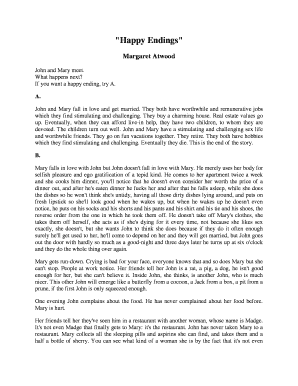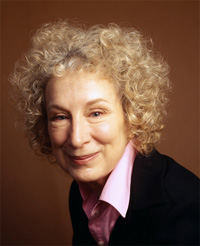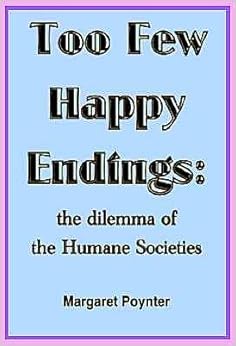
With this knowledge of “John and Mary Die” the reader immediately knows the demise of the characters, giving them the knowledge prior to even reading the actual scenarios. Moving away from the oddities of the actual structure of the story and into the “endings”, Atwood provides us with the greater knowledge of each. Margaret Atwood also uses dramatic irony to further highlight the sarcastic and satirical motifs in “ Happy Endings”. She is states in a simplistic and minimalistic manner what is so obvious to her yet so elusive to the average reader. She essentially is screaming her disdain to the common “happily ever after” scenario with her cynical perspective: “The only Authentic ending is the one provided here: John and Mary die. Unlike other authors, who use words as a maze to find the meaning, Atwood’s straightforward form reminds again the sarcastic undertones. ”(1) The choppy and nondetailed beat to Atwood’s writing emphasizes Atwood’s message. They both have worthwhile and remunerative jobs which they find stimulating challenging. For example the first lines of ending A read “John and Mary fall in love and get married. Instead of providing pages upon pages of meaningless detail, the author provides a general context and then allows the reader’s imagination to shape the story. Such authors like Atwood force readers to take an active role in the creative process. Minimalist works often include ordinary subject matters, have straightforward narratives, focus on single moods or emotions, and consist of characters who don’t think out loud. Atwood’s use of minimalism in “Happy endings” is used to create a certain tone. Margaret Atwood’s “Happy Endings” is seemingly simpler to read just as actual text. Happy Endings” diction in a literary sense is remedial. Debateably, the best part of Margaret Atwood’s humor is her transparency she does nothing to hide her true ridicule of the lacking of individuality. Infact Atwood remarks on her deficiency of contextual matter:“That’s about all that can be said for plots, which anyway are just one thing after another, a what and a what and a what” (3).

Using the characters’ demise as a reoccurring theme is not to be taken in an overly exaggerated morbid sense but instead to reinforce the point that Atwood is trying to mock the uniformity of these classic “love stories”. The consistency of the lifeless characters placed in different situations highlights Atwood’s reoccurring theme: “John and Mary die”. There is no depth to the line Atwood just simply states that Mary’s hope failed and she died. For example, the line “She hope he’ll discover and get her to the hospital in time and repent and they can get married, but this fails and she dies” lacks a plot line and more simply information (2). The little information given about characters is not done so to enliven plot lines but merely have the reader infer what she actually means. ” scenarios highlight the fact that the characters lack in depth because their actions are so dreadfully stereotypical.

Atwood’s mockery of these “Happily Ever after. In the subplots of John and Mary, and then Fred and Madge, the characters are so underdeveloped where they become humorous. The conclusion of A is the most simplistic or blunt as it lacks details and emotion. In scenario A, John and Mary die after living a perfectly satisfying and devoted live to each other. Atwood begins with ”If you want a happy ending, try A,” alluding that the ones to follow have more ominous conclusions (1). The story within a story makes “Happy Endings” interactive by allowing the reader to choose.

The story breaks down the walls of author/audience by presenting a “general” story which can be read more liberally by the reader because it forces the reader to get involved. It is through Atwood’s unusual structure, minimalistic diction and use of dramatic irony that the idea of inexplicable happiness is challenged.Īt first glance, “Happy Endings” does not even look like a story rather it appears to be a set of notes or jumbled rough draft of a story. “Happy Endings” is satirical because it mocks the common misconception that love and life conclude perfectly with “Happily ever after”. Margaret Atwood challenges this conception in her short story “Happy Endings”. ” and with the conception that you will meet a partner, fall in love, and live happily ever after.

Children universally grow-up with stories of “Once upon a time.


 0 kommentar(er)
0 kommentar(er)
